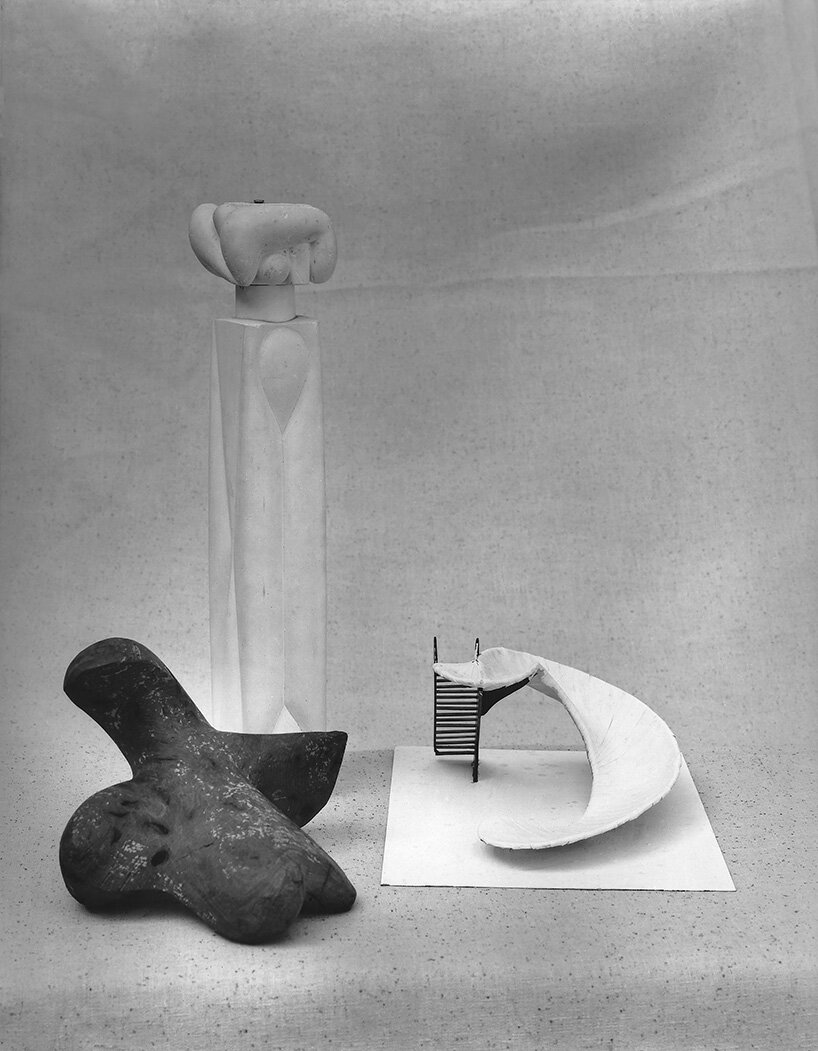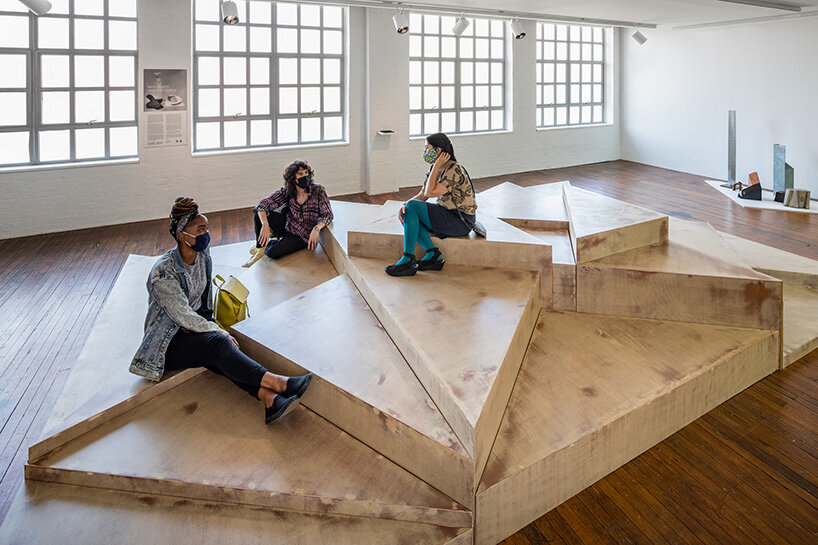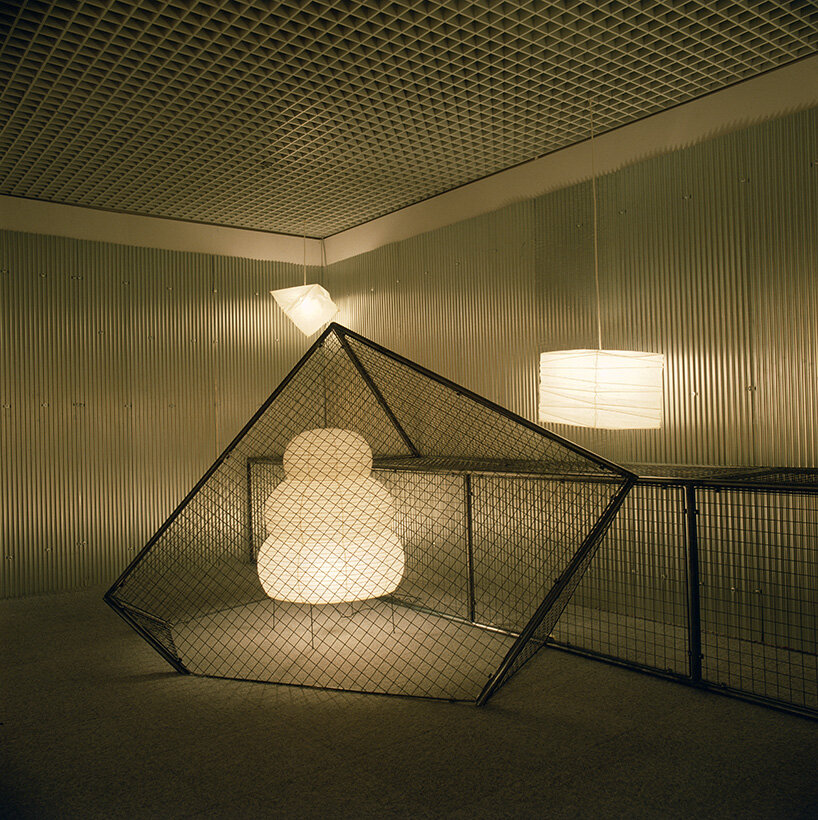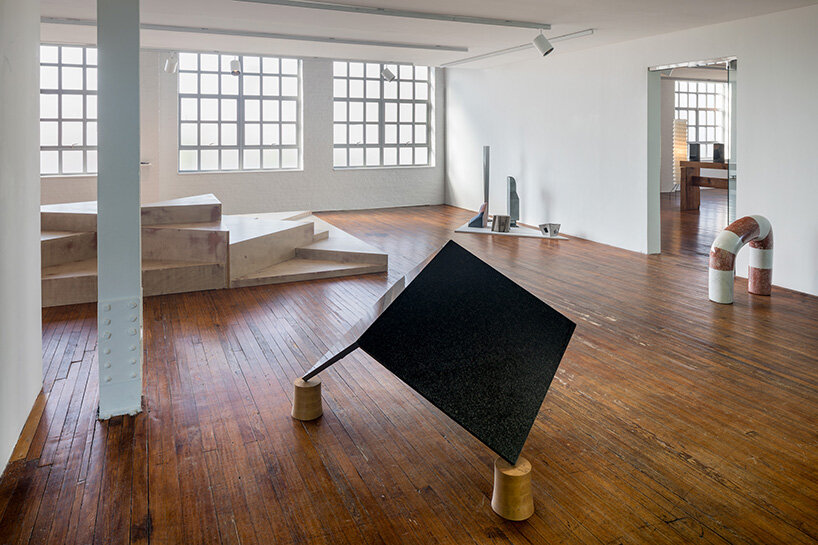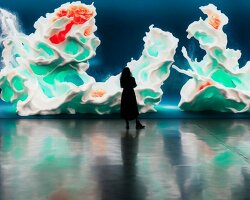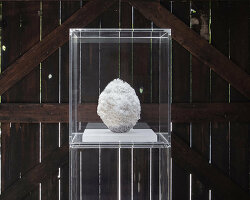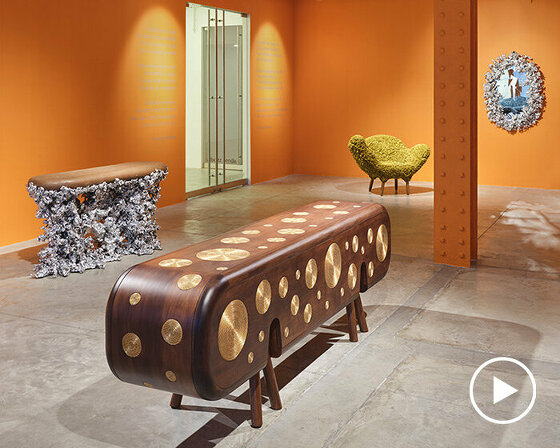
photograph by isamu noguchi of samrat yantra, jantar mantar, new delhi, india, 1949 | the noguchi museum archives, 08447.3 © INFGM / ARS

photograph by isamu noguchi of temple of apollo at delphi, greece, 1950s | the noguchi museum archives, 04391 © INFGM / ARS
KEEP UP WITH OUR DAILY AND WEEKLY NEWSLETTERS
happening now! witness how the swedish family-owned company, bolon, is breaking new ground with exciting material inventions, where all their products now contain 68% waste material, and 0% climate impact per square meter.
PRODUCT LIBRARY
friedman benda presents estúdio campana's exhibition 'on the road,' humberto campana's first solo show following the passing of his brother.
read on as co-founder archie lee coates IV walks us through the studio's 'extremely multidisciplinary' work and 20-year creative boom.
connections: 40
read on as westman takes us through his vision that bursts with color, curves, and quirky aesthetics.
connections: 45
fornasetti's intricate celestial illustrations swirl across poltrona frau's 'vanity fair XC' armchair in this inaugural collaboration.

